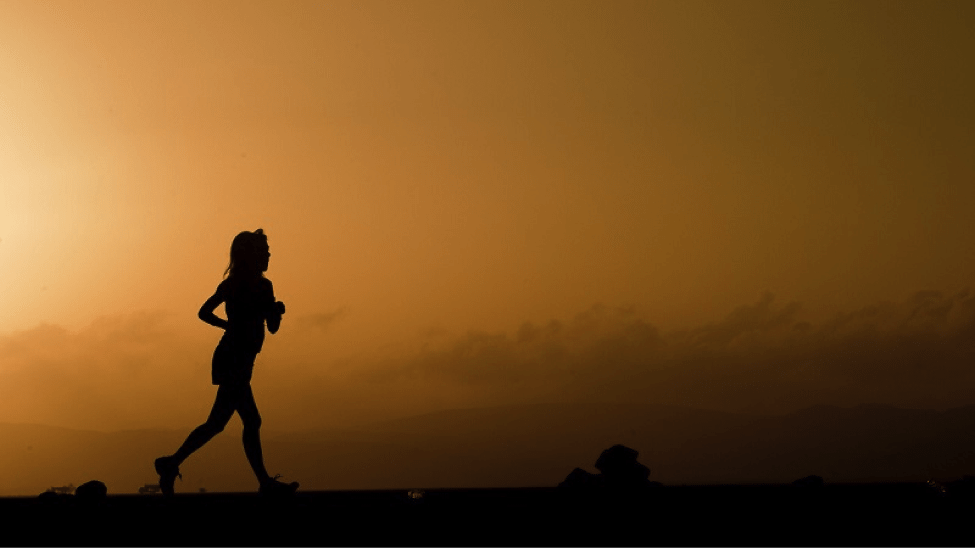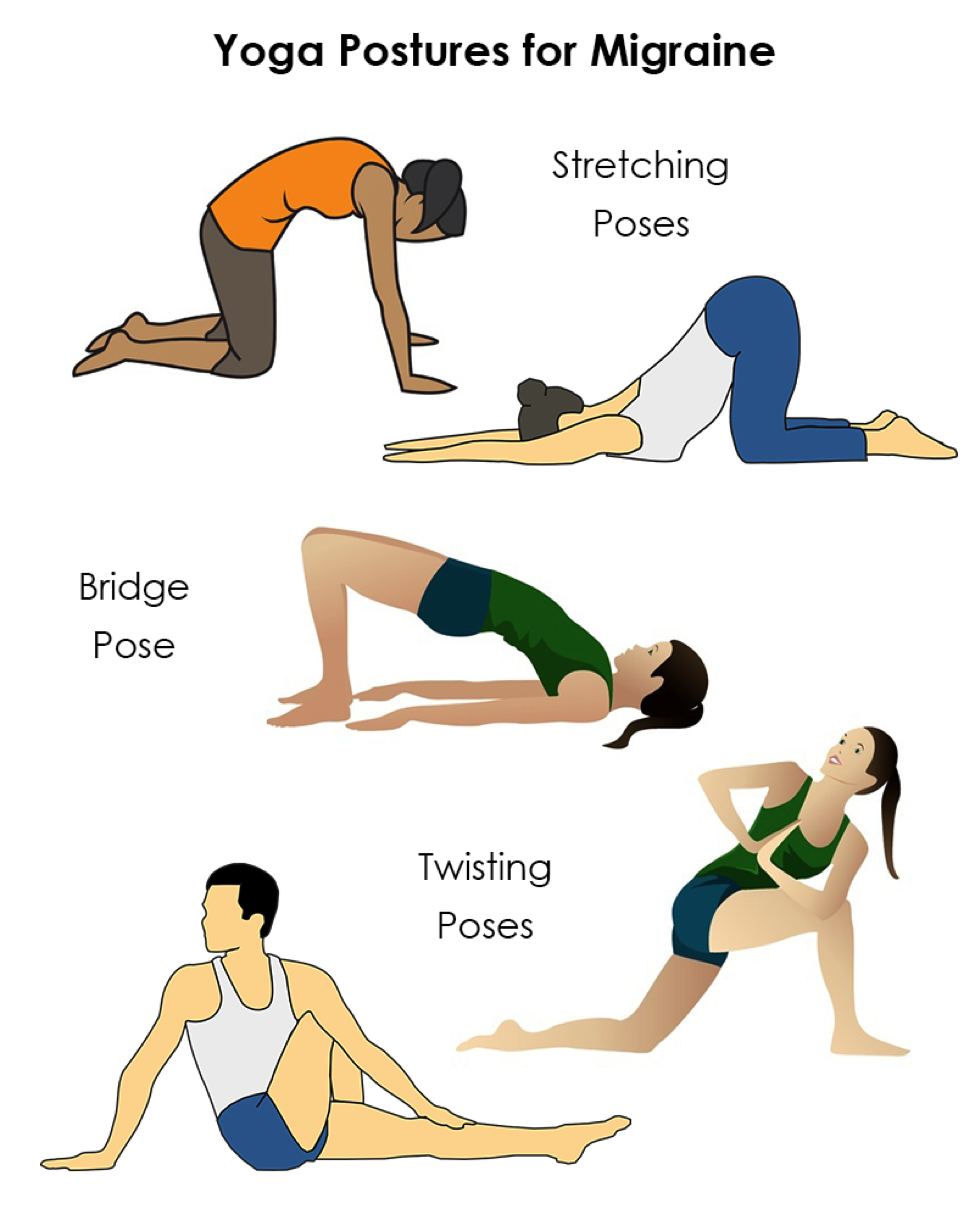Time to Get Moving
Episode #3 of the course Natural remedies for migraines by Dawn Gregory
When you have a migraine, you may feel like hiding from the world and sleeping the day away. Actually, if you have the time, a good long nap isn’t a bad option. Sometimes a migraine will go away with extra sleep.
If you don’t have time to sleep that long, getting some gentle exercise is a great way to speed up your recovery. Exercise reduces muscle tension and eliminates stress, one of the main triggers of migraines. Physical activity also promotes the release of endorphins that act as a mild sedative.
Even a slow, casual walk can provide these benefits. Walking creates balanced, natural movements in your body and gets your blood moving. You naturally breathe more deeply and raise your heart rate without putting additional strain on your already aching body.
Simple yoga poses are another type of exercise that can make a big difference in migraine relief. Yoga stretches your muscles, balances your body, and forces you to breathe deeply.
When using yoga to treat migraines, it is best to focus on easy poses that do not strain the body, such as the Child Pose, Forward Bend, and Cat Stretch. You want to avoid strenuous poses like the Plank or Warrior poses; balancing poses like the Tree will also place your body under undue stress that may make your migraine worse.
The Bridge and Plow poses are among the most beneficial for migraines, as they gently stretch the area at the base of the skull where the greater occipital nerve is located. Any of the twisting poses can be used to release tension in the spine and neck. And of course, we shouldn’t forget the Corpse, where you lie still on your back, breathe deeply, and relax. Just what you want to do when you have a migraine!
Any kind of aerobic exercise will be beneficial for relieving migraines, though strenuous exercise can make a migraine worse. Studies have shown that aerobic exercise is as effective as medications at preventing migraines. It is believed that these effects are due to increased oxygen intake and improved circulation induced by aerobic exercise.
Another technique is called alternate-nostril breathing. Place your hand below your nose, and block one nostril with your thumb as you inhale. Release as you exhale through both nostrils. Use your middle finger to block the opposite nostril as you inhale again, and release to exhale through both nostrils. Continue this pattern for 5-10 minutes of deep, focused breathing and the pain will start to melt away.
Try any gentle exercise that gets your body moving and helps you breathe more deeply to help relieve migraine pain—and because it is good for you too!
Share with friends


